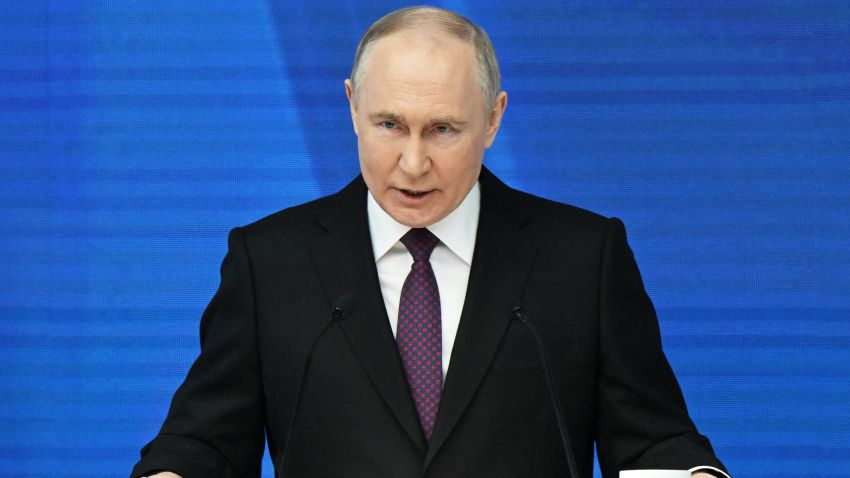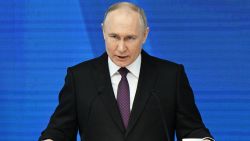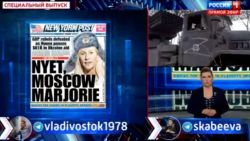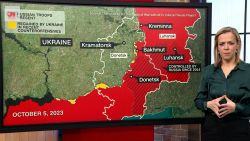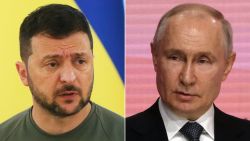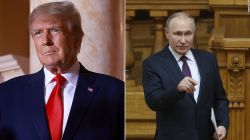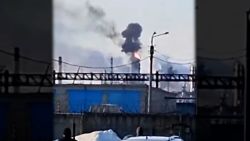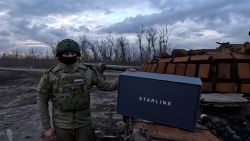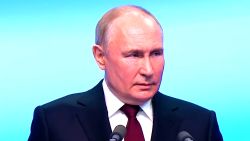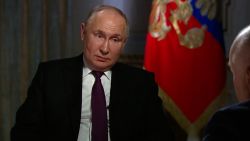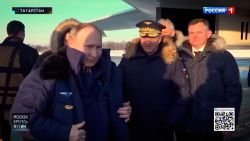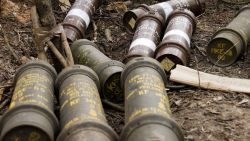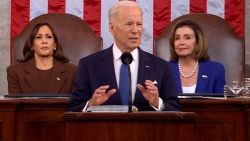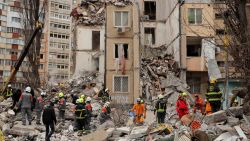In late 2022, the US began “preparing rigorously” for Russia potentially striking Ukraine with a nuclear weapon, in what would have been the first nuclear attack in war since the US dropped atomic bombs on Hiroshima and Nagasaki nearly eighty years before, two senior administration officials told CNN.
The Biden administration was specifically concerned Russia might use a tactical or battlefield nuclear weapon, the officials said.
I first reported US officials were worried about Russia using a tactical nuclear weapon in 2022, but in my new book, “The Return of Great Powers” publishing on March 12, I reveal exclusive details on the unprecedented level of contingency planning carried out as senior members of the Biden administration became increasingly alarmed by the situation.
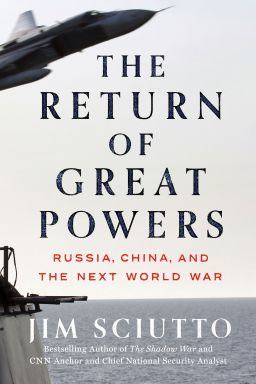
“That’s what the conflict presented us, and so we believed and I think it’s our right to prepare rigorously and do everything possible to avoid that happening,” the first senior administration official told me.
What led the Biden administration to reach such a startling assessment was not one indicator, but a collection of developments, analysis, and – crucially - highly sensitive new intelligence.
The administration’s fear, a second senior administration official told me, “was not just hypothetical — it was also based on some information that we picked up.”
“We had to plan so that we were in the best possible position in case this no‑longer unthinkable event actually took place,” the same senior administration official told me.
During this period from late summer to fall 2022, the National Security Council convened a series of meetings to put contingency plans in place “in the event of either a very clear indication that they were about to do something, attack with a nuclear weapon, or if they just did, how we would respond, how we would try to preempt it, or deter it,” the first senior administration official told me.
“I don’t think many of us coming into our jobs expected to be spending significant amounts of time preparing for a scenario which a few years ago was believed to be from a bygone era,” this senior administration official told me.
Russians surrounded
Late summer 2022 was proving a devastating period for Russian forces in Ukraine. Ukrainian forces were advancing on Russian-occupied Kherson in the south. The city had been Russia’s biggest prize since the invasion. Now, it was in danger of being lost to the Ukrainian counteroffensive. Crucially, as Ukrainian forces advanced, entire Russian units were in danger of being surrounded. The view inside the administration was that such a catastrophic loss could be a “potential trigger” for the use of nuclear weapons.
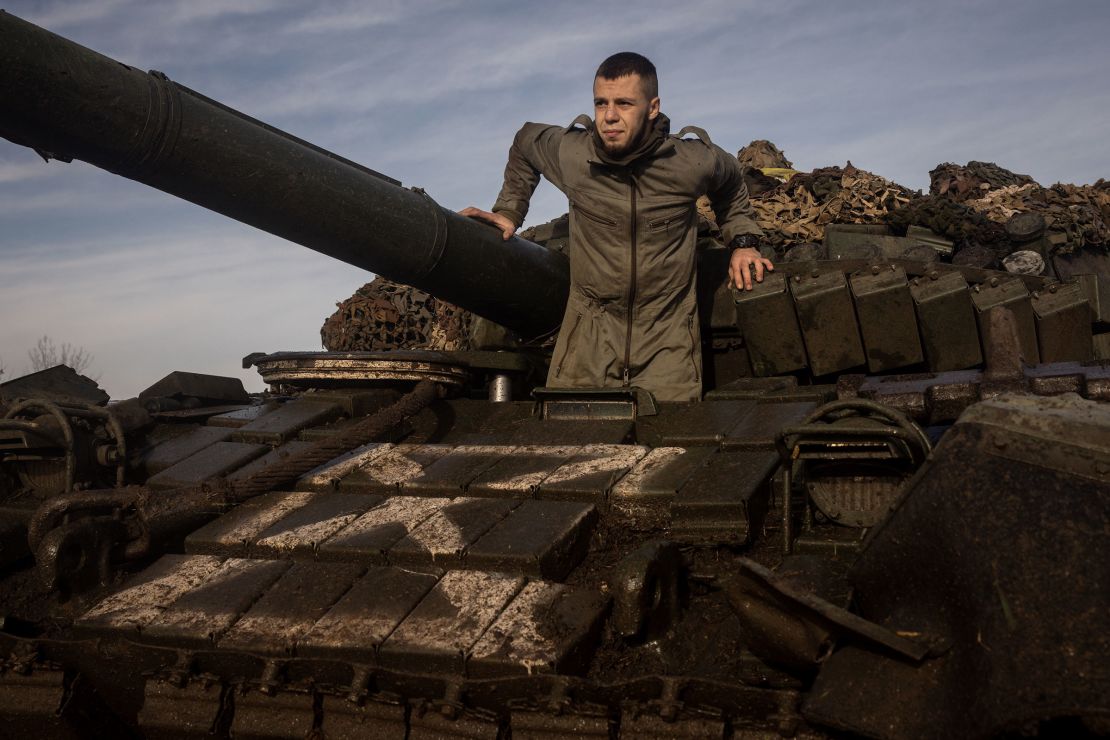
“If significant numbers of Russian forces were overrun — if their lives were shattered as such — that was a sort of precursor to a potential threat directly to Russian territory or the Russian state,” the first senior administration official said.
“In Kherson at that time there were increasing signs that Russian lines could collapse. Tens of thousands of Russian troops were potentially vulnerable.”
Russia was losing ground inside Ukrainian sovereign territory, not inside Russia. But US officials were concerned that Russian President Vladimir Putin saw it differently. He had told the Russian people that Kherson was now part of Russia itself, and, so, might perceive a devastating loss there as a direct threat to him and the Russian state.
“Our assessment had been for some time that one of the scenarios in which they would contemplate using nuclear weapons [included] things like existential threats to the Russian state, direct threats to Russian territory,” the first senior administration official said.
In such an assessment, Russia could view a tactical nuclear strike as a deterrent against further losses of Russian-held territory in Ukraine as well as any potential attack on Russia itself.
False Flag
At the same time, Russia’s propaganda machine was circulating a new false flag story about a Ukrainian dirty bomb, which US officials feared could be intended as cover for a Russian nuclear attack.
In October 2022, Russia’s defense minister, Sergei Shoigu, made a series of phone calls to defense officials in the US, the UK, France and Turkey, telling them that the Kremlin was “concerned about possible provocations by Kyiv involving the use of a dirty bomb.”
US and other western officials rejected the Russian warnings. Still, Russia’s UN ambassador delivered a letter directly to the United Nations detailing the same alleged threat. Russian officials alleged Ukraine would build and detonate a dirty bomb against Russian forces and then blame the attack on Russia.
US officials dismissed the Russian warnings but feared the motivation behind them. “Russian public messaging came way out of the left field on the potential for Ukraine to use a dirty bomb, which we saw not grounded in reality,” the first senior administration official told me. “More concerning” to this official was that the Russians would say these things “either as a pretext for them to do something crazy or as a cover for something they themselves were looking at doing. So that was quite alarming.”
But there was one more piece that raised such concerns to a new level. Western intelligence agencies had received information that there were now communications among Russian officials explicitly discussing a nuclear strike.
As the first senior administration official described it to me, there were “indications that we were picking up through other means that this was at least something that lower levels of the Russian system were discussing.”
US access to Russian internal communications had proved capable before. In the run‑up to the Ukraine invasion, the US had intercepted Russian military commanders discussing preparations for the invasion, communications that formed part of the US intelligence assessment, later proved accurate, that an invasion was imminent.
“It’s never a cut-and-dry, black-and-white assessment,” the first senior administration official told me. “But the risk level seemed to be going up, beyond where it had been at any other point in time.”
Would the US know?
At no time did the US detect intelligence indicating Russia was taking steps to mobilize its nuclear forces to carry out such an attack.
“We obviously placed a high priority on tracking and had some ability at least to track such movements of its nuclear forces,” this senior administration official told me. “And at no point did we ever see any indications of types of steps that we would’ve expected them to take if they were going down a path toward using nuclear weapons.”
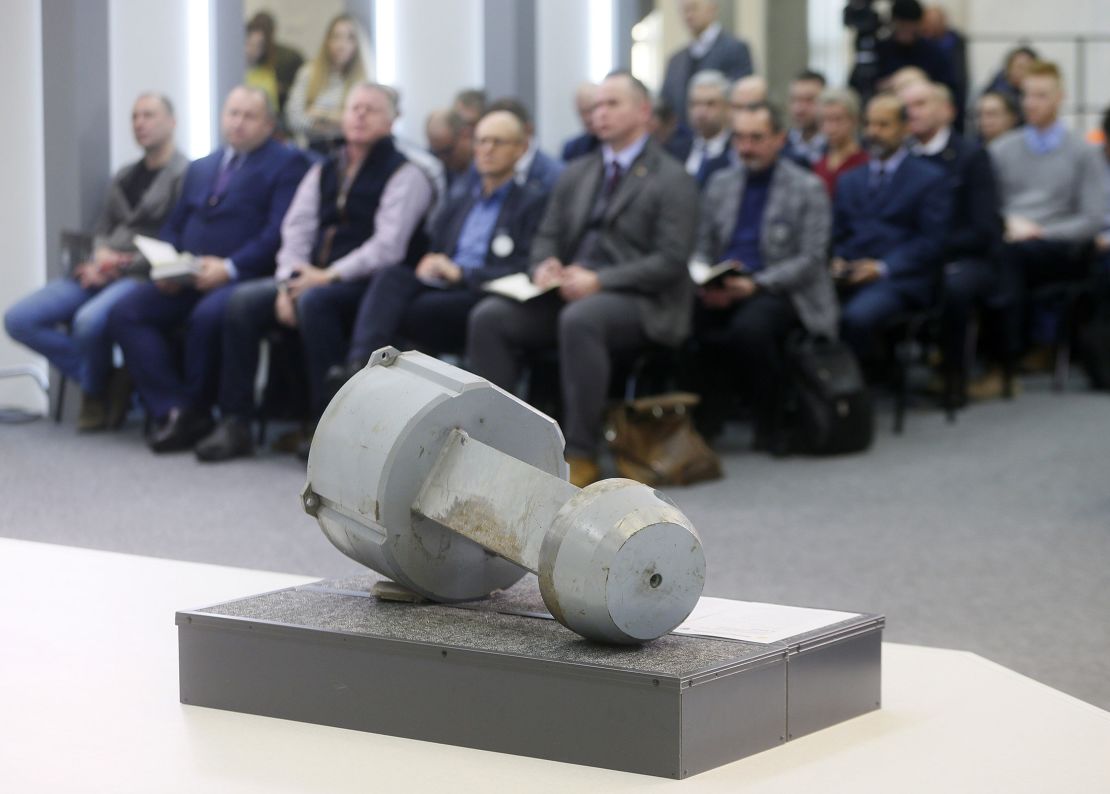
However, US officials were not certain they would know if Russia was moving tactical nuclear weapons into place. Unlike strategic nuclear weapons, capable of destroying entire cities, tactical or battlefield nuclear weapons are small enough to be moved quietly and could be fired from conventional systems already deployed to the Ukrainian battlefield.
“If what they were going to do is use a tactical nuclear weapon, particularly a very low-yield tactical nuclear weapon and particularly if they were only going to use one or a very small number, it was not one hundred percent clear to us that we necessarily would have known,” this senior administration official continued.
Multiple senior administration officials took part in an urgent outreach. Secretary of State Antony Blinken communicated US concerns “very directly” with Russian foreign minister Sergey Lavrov, according to senior administration officials. Joint Chiefs Chairman General Mark Milley called his Russian counterpart, General Valery Gerasimov, chief of the general staff of the Russian Armed Forces. According to a senior US official, President Joe Biden sent CIA Director Bill Burns to speak to Sergey Naryshkin, the head of Russia’s foreign intelligence service, in Turkey to communicate US concerns about a nuclear strike taking place and gauge Russian intentions.
The US also worked closely with its allies both to develop contingency plans for a Russian nuclear attack and to communicate warnings to the Russian side about the consequences of such a strike.
“We conducted a number of quiet conversations with core allies to go through our thinking,” the first senior administration official told me. “That’s a hallmark of our entire approach— that we are better and stronger doing this stuff when we’re totally aligned with our allies.”
India and China
In addition, the US sought to enlist the help of non-allies, in particular China and India, to discourage Russia from such an attack.
“One of the things we did was not only message them directly, but strongly urge, press, encourage other countries, to whom they might be more attentive, to do the same thing,” the second senior administration official told me.
US officials say that outreach and public statements from Chinese leader Xi Jinping and Indian Prime Minister Narendra Modi helped avert a crisis.
“I think we believe showing the international community the concern about this, particularly the concern from key countries for Russia and the Global South, was also a helpful, persuasive factor and showed them what the cost of all this could be,” the first senior administration official said.
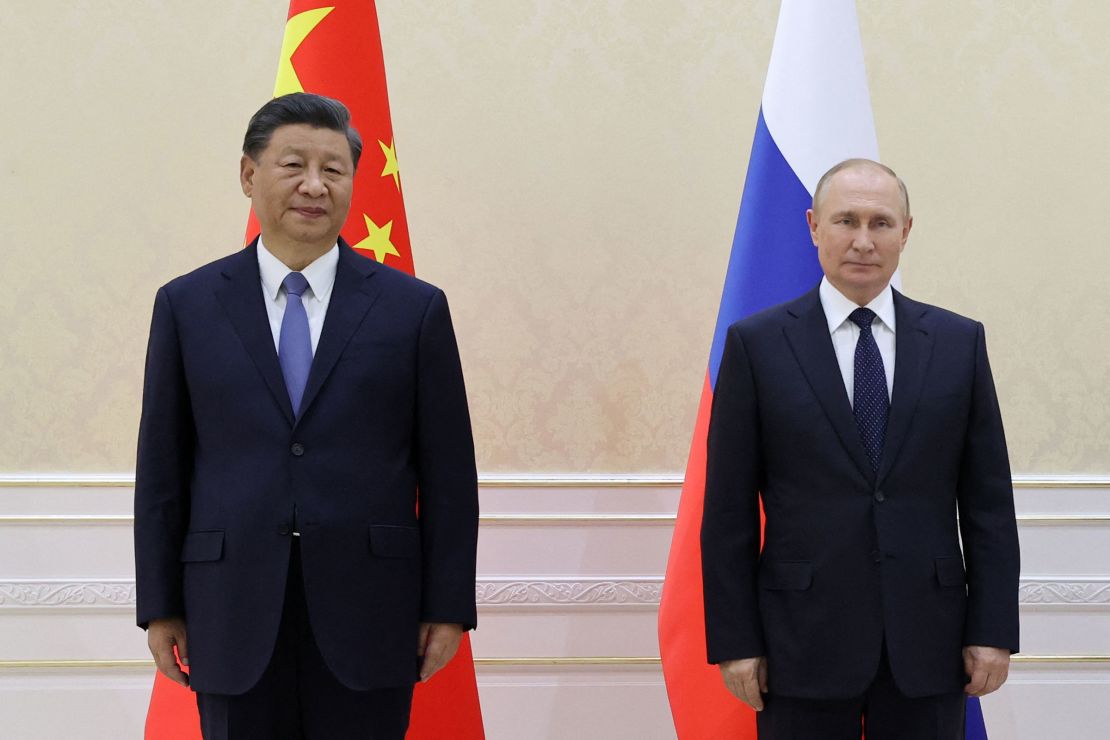
“I think the fact that we know China weighed in, India weighed in, others weighed in, may have had some effect on their thinking,” the second senior administration official told me. “I can’t demonstrate this positively, but I think that’s our assessment.”
In the time since the nuclear scare of late 2022, I have asked US and European officials if they have identified any similar threats. The danger diminished as the war entered a period of relative stalemate in the east. However, the US and its allies remain vigilant.
“We have been less concerned about the imminent prospect since that period, but it’s not something that is ever far from our minds,” a senior US official told me. “We continue to refine plans, and … it’s not beyond the realm of possibility that we could be confronting at least the rising risk of this again in the months ahead.”

